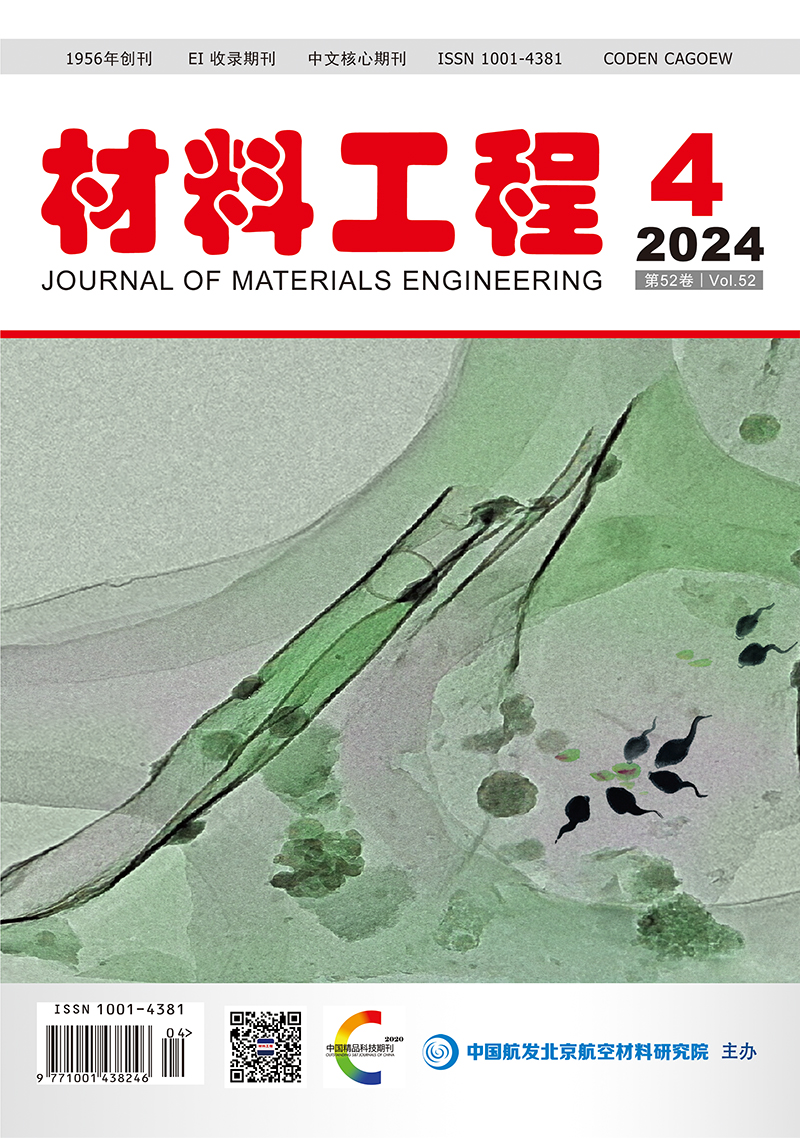Since the 1960s, aluminum matrix composites have been being investigated globally, and series of high-performance aluminum matrix composites, namely, damage tolerance, corrosion resistance, high-strength, heat resistance and low-thermal expansion aluminum matrix composites, have been developed. These composites have been used in the fields of aviation, aerospace, electronics and transportation. However, the present market for the application of high-performance aluminum matrix composites is still small, as compared to conventional metal materials and polymer matrix composites. In this paper, the advancements in reinforcements, aluminum matrix, processing methods, microstructure, properties and applications for high-performance aluminum matrix composites were reviewed. The problems existing in raw material, engineering, quality stability, property data, cost, application and materials development were discussed. Future directions from the aspects of applied basic research, materials development, engineering and applications were presented. The future directions for high-performance aluminum matrix composites include increasing the quality of raw materials, improving the stability of processing, lowering the cost, strengthening engineering, expanding applications, exploring the additive manufacturing plus die forging process, and developing new-generation nano reinforced and nano/micro hybrid reinforced aluminum matrix composites.
